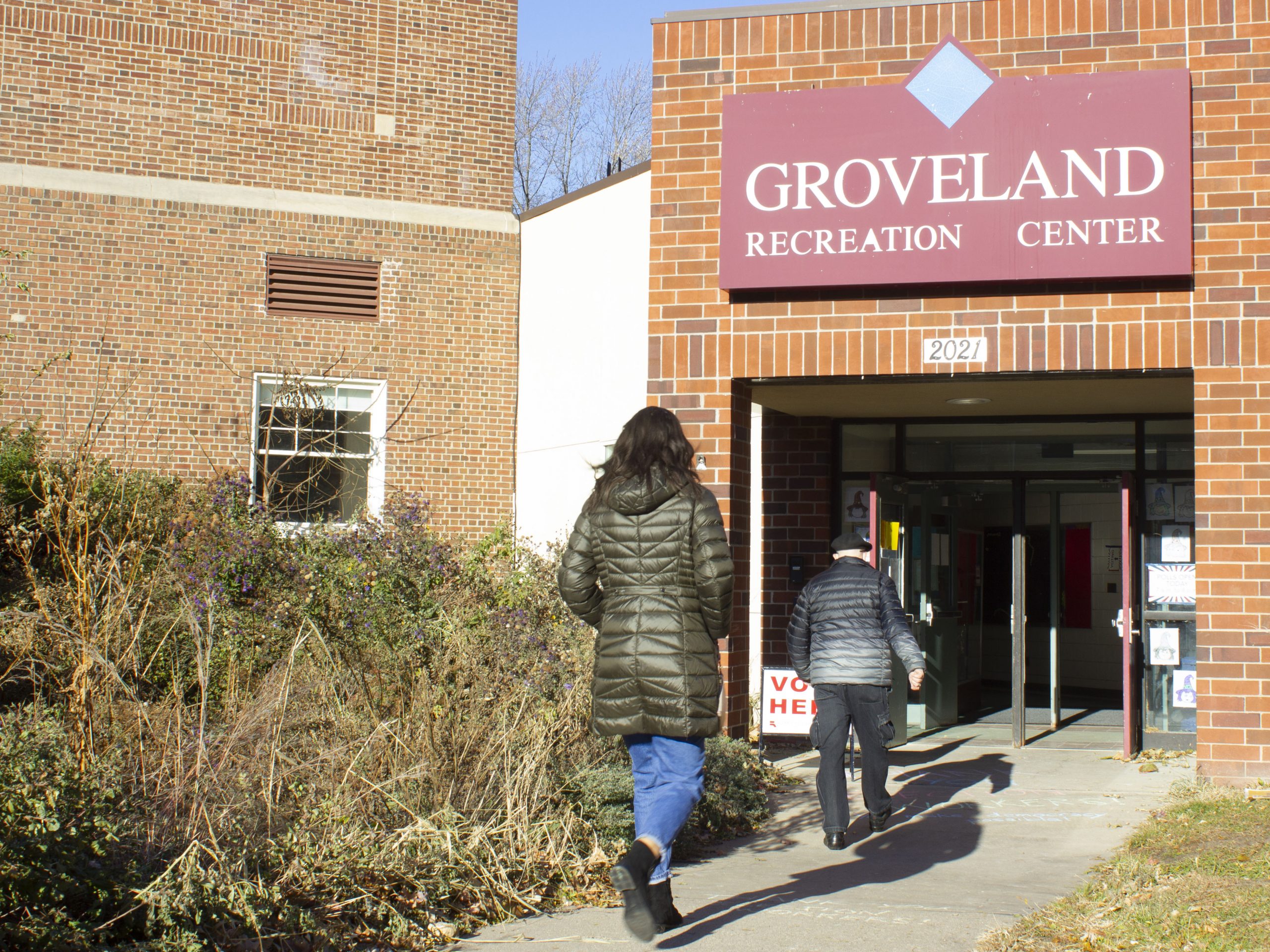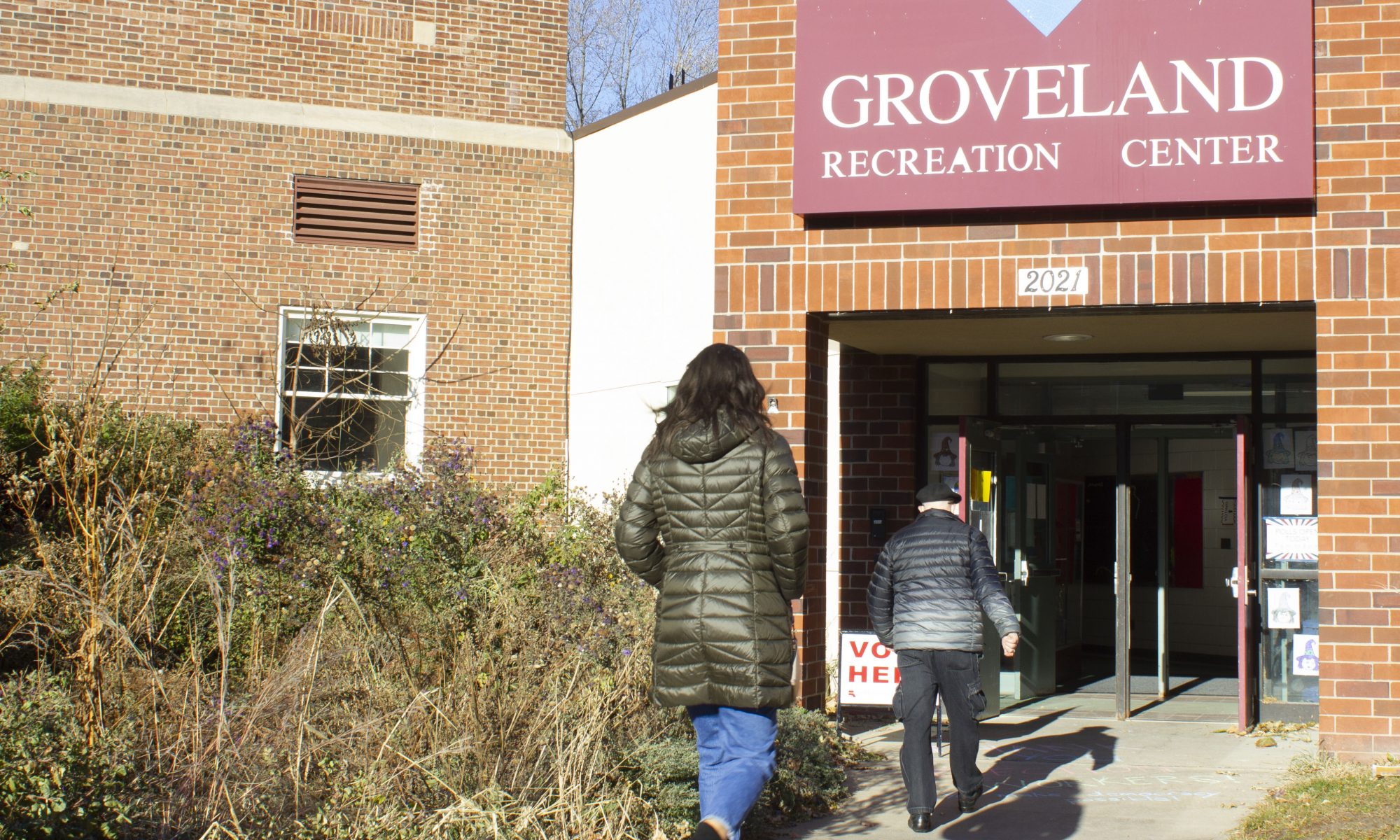
In an election that was so highly publicized, Minnesotans proved their care for voting as the state had the highest voter turnout during the 2020 election.
This year 79.96% of registered Minnesota voters voted, which is the highest rate the state has seen since 1956. This gave Minnesota the highest voter turnout for the third straight election.
“Minnesotans love to vote, we’re good at it, we care about it, we lean into it,” Secretary of State Steve Simon said.
Simon said Minnesotans vote at a higher rate because of the state’s laws. This includes same day voter registration, which Minnesota has had in place since 1974.
“In most states in this country, if you weren’t registered to vote two or three or four weeks, in some cases, before the general election, you’re out, that is an absolute cutoff,” Simon said. “In Minnesota, that’s not the case, you can go into the polling place on Election Day totally unregistered (to vote) and registered.”
Simon said although same day registration is the crown jewel of voting, laws like online voting registration and no excuses absentee voting also play a big role in helping citizens vote. Both of these laws make it easier for Minnesotans to do their civic duty from home.
“We have a system that has really robust structures in place to make voting accessible to people,” St. Thomas School of Social Work Director Katharine Hill said. “We have policies in place that make voting accessible; more people vote, which then feeds this culture of voting.”
Simon said there are many factors that lead to this voting culture, including educational institutions and nonprofits that promote voting.
“We have a really strong and tested civic culture,” Simon said. “I think it’s just ingrained in us in Minnesota.”
Hill said that Minnesotans build more of a connection in their community, which leads them to want to influence it more and go vote.
“People tend to belong to things in Minnesota, whether that’s faith communities or civic organizations … those things that build connection and identity and community, those have always been really strong in Minnesota,” Hill said.
Because Minnesota requires at least one polling place per precinct, Minnesotans tend to have more polling places in their communities along with extra days for early voting. This allows Minnesotans to fit voting into their days as busy schedules tend to be one of the top reasons for not voting across the country according to the Census Bureau.
“Anything you can do to bring down the inconvenience, for lack of a better word, of taking part in (voting), is gonna drive up voter participation,” Hill said.
This election was even more challenging because of the COVID-19 pandemic. Hill said a lot of states poorly managed the pandemic by closing some polling places.
“Those states that have that barrier to access, have lower voter turnout,” Hill said.
Simon said that 58% of Minnesotans voted with an absentee ballot or voted in person before Election Day. That number is a huge increase from just 24% two years ago.
“There was no manual that told any of us how to run an election in a once in a century pandemic,” Simon said. “Minnesotans were really flexible and adaptable, and they showed that voting was so important to them.”
Although Simon views having the highest voter turnout as a success, he still wishes to get the 20.04% of people who didn’t vote to the polls.
“Part of me thinks that the way you do it isn’t necessarily or only through law changes … I think it’s got to be about changing an attitude,” Simon said.
Simon said some view voting as something that will not affect their everyday life, while others don’t vote as a way to communicate their disapproval of the system. Simon said his message to these citizens are the words he saw on a T-shirt.
“The T-shirt said failure to vote is not an act of rebellion. It’s an act of surrender,” Simon said. “If you surrender that thing of value, if you leave it on the table, someone else is going to walk by and take it, meaning they will vote and you won’t, and you’ve essentially doubled the vote of that person.”
Scout Mason can be reached at maso7275@stthomas.edu.

